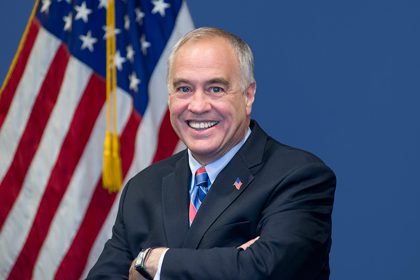State Comptroller Thomas DiNapoli announced Thursday that the state-mandated tax cap will be a maximum of 2% for the third year in a row.
The new cap applies to school districts for the 2024-25 fiscal year, which starts on July 1.
The tax cap law went into effect in 2012 and requires local municipalities and school districts to restrict the annual increases in their tax levy, the amount of money they raise through property taxes, by the lower of 2% or the inflation rate–which is 3.4% for the year according to the U.S. Bureau of Labor Statistics.
The tax cap has not changed since 2021-22 when it was 1.23% and has not changed from 2% for seven of the last nine years, according to the comptroller’s office.
Residents can still vote in budgets for their school district that override the tax cap if a supermajority of voters, or 60%, approve it.
Voting day for school district budgets will be Tuesday, May 21.
“While inflation continues to decline from recent highs, it remains well above 2%,” DiNapoli–a former Mineola Board of Education trustee–said in a statement. “With one-time pandemic relief aid nearly exhausted, school district and municipal officials should carefully monitor cost growth to effectively manage their budgets and ensure they comply with the tax cap law.”
School districts make up the majority of property taxes in the Town of North Hempstead. In the year 2022, 71% of the taxes collected and disbursed by the town were for school districts and libraries, according to the town’s 2024 budget.
For the current 2023-24 school year, state aid for schools increased over $3 billion, or 9.6%, making the total over $34 billion.
Gov. Kathy Hochul proposed a $233 billion state budget Tuesday that would increase school aid by nearly 3% across the state–a drop from the 7.7% annual increases schools received from the past four years.
Specifically, Hochul proposed $35.3 billion for school aid, an increase of $825 million from last year.
New York has ranked No. 1 in the nation for per-pupil spending and in 2021 spent $26,571, 85% more than the national average, according to the governor’s office.

